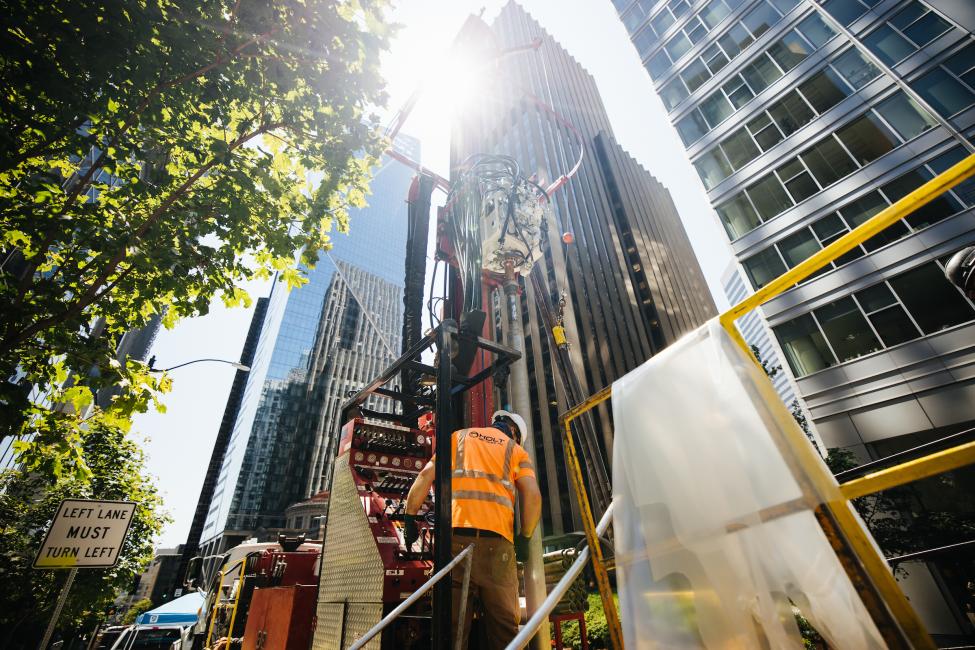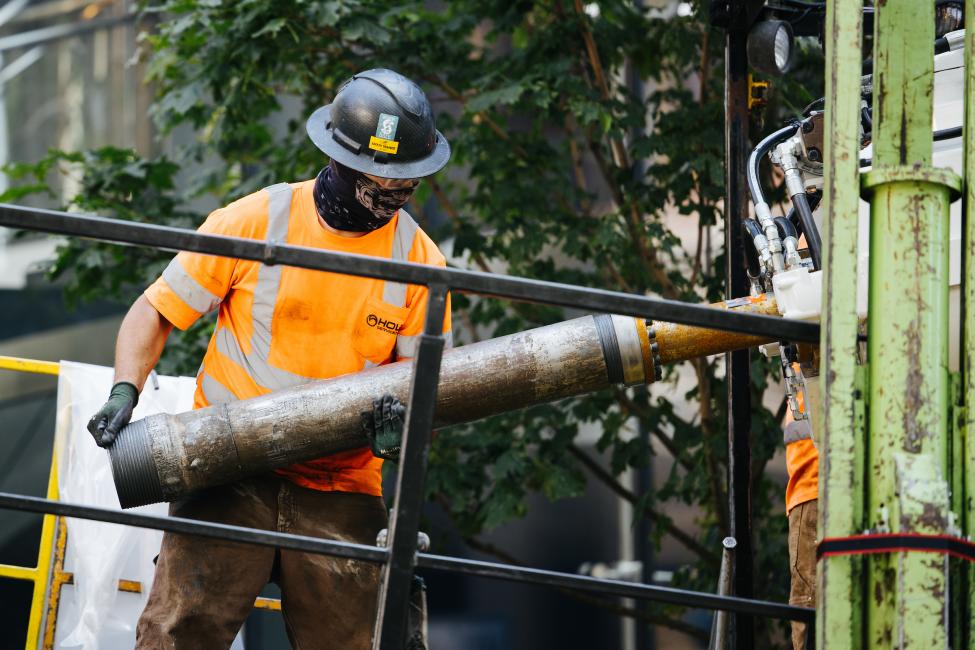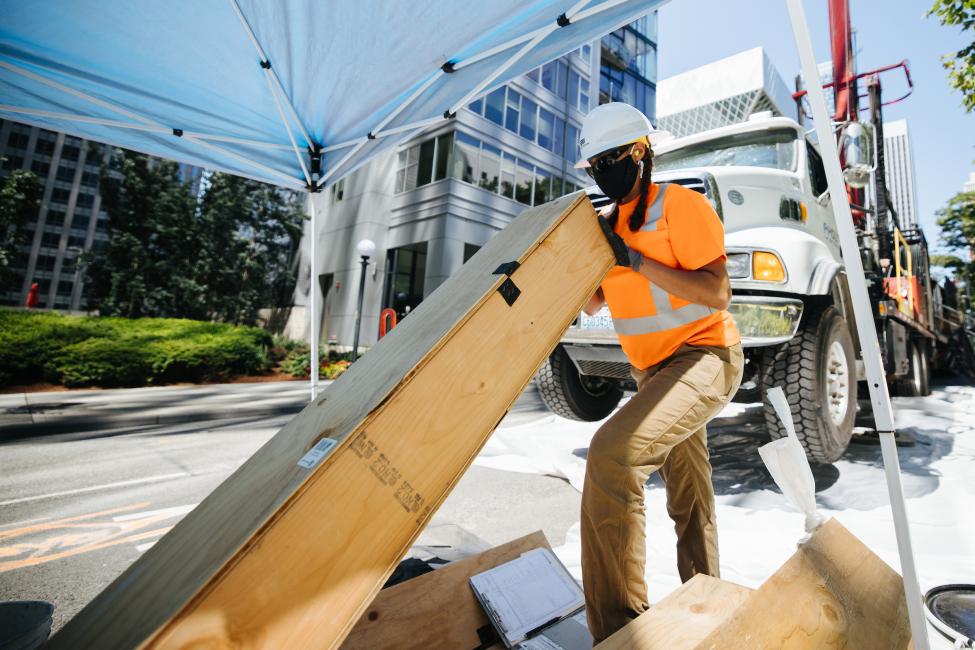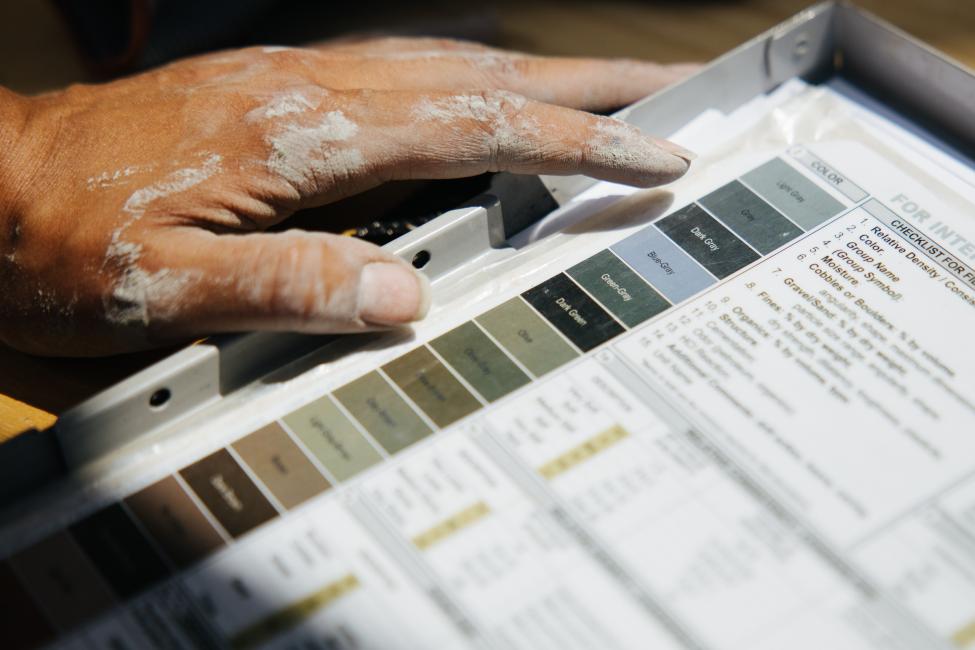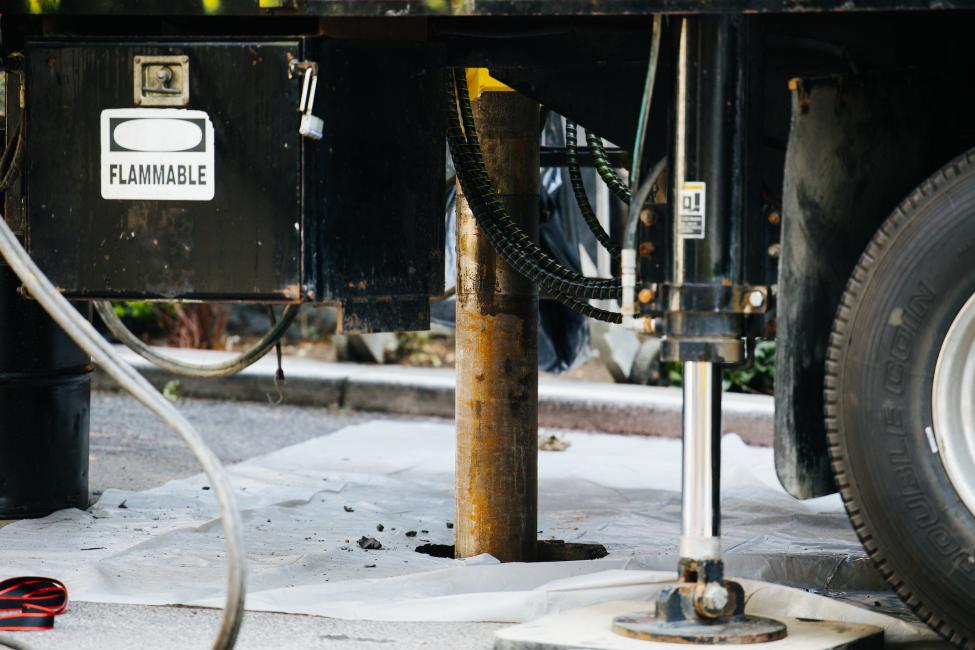With all of the uncertainty caused by COVID-19, it can be difficult to look 10 days into the future, let alone 10-plus years.
But that’s exactly what Sound Transit is doing as we continue to study options for the future Link light rail extensions from downtown to West Seattle and Ballard.
Multiple alternatives are being studied, and a final alignment has not yet been selected. To learn more about the project’s timeline, click here. The COVID-19 recession has resulted in Sound Transit not being able to deliver many expansion projects on their original timelines unless we receive other revenue from federal or state funding. Learn more here.
But before shovels can hit the ground for construction, a lot of technical analysis and engineering design work must be done.
This helps to inform the analyses in the Draft Environmental Impact Statement (Draft EIS), anticipated to be released soon for public review and comment.
All major construction activities require subsurface explorations to better understand the environmental conditions.
Here at the Platform, we were able to check in with one of our geotechnical and environmental consultants – Robert "Red" Robinson – to drill down on the details of the work.
Robinson is the Senior Vice President and Director of Underground Services (how cool is that title?!) for Shannon & Wilson Inc., and has been involved in almost every major tunnel project in Seattle for the past 40 years.
"I enjoy my job because I become a historian," he said. "And we learn after each job how to make the next one better."
What’s happening now?
The Sound Transit Board has identified preferred alternatives and other alternatives to study as part of the environmental review process.
For the new 3.3-mile downtown tunnel, we need to have a better understanding of what’s underground in terms of groundwater levels, soil conditions, boulders, existing infrastructure and more.
Robinson said crews have to work around a "forest of steel tiebacks and utilities" – and the work is challenging already because of the highly variable ground conditions in Seattle. In any given area, there can be clay, sand, gravel, silt, glacial till, or a combination.
"The contractor, to build the downtown tunnel, has to know the nature and behavior of the different soils – some are highly abrasive to the steel tunnel boring machines and some of the clayey soils are very sticky and tend to clog the rotating cutterhead, and yet other soils may behave like quicksand if not dewatered, grouted, or in some cases frozen," he said.
His team is currently putting together a geological profile based on new and old borings along the potential tunnel alignments.
"We’re focusing on where we think the problem areas may be," Robinson said. "A good geologic profile is like having X-ray vision. It helps the design team assess appropriate construction methods and likely ground behavior."
Crews completed a geotechnical boring that included a pump test near the proposed expanded Westlake station area, and are working on a second pump test in downtown near the proposed Midtown station area.
During these pump tests, crews drill a small well more than 250 feet below the surface and pump water continuously for 48 hours, collecting and analyzing data to better understand soil and groundwater conditions.
Having a good idea of what’s going on under the surface will help the Sound Transit Board of Directors make sound decisions – and make the entire project as cost-effective as it can be.
Robinson said that COVID-19 hasn’t affected his team’s work, except that they are following enhanced safety precautions and have to do less traffic management.
Robinson said that in the Downtown corridor, Shannon & Wilson has drilled 40 holes already and plan to do several dozen more as the work progresses from its current stage – “conceptual level design” – and beyond.
When they’re done, their analysis will help inform construction method recommendations.
After public review and comment of the Draft EIS and publication of the Final EIS, the Sound Transit Board of Directors will have a lot of decisions to make to move the project forward.
In the meantime, other light rail projects are already in the construction phase and opening soon, including Northgate in 2021, Hilltop Tacoma in 2022, East Link in 2023 and Lynnwood, Federal Way and Downtown Redmond in 2024.
